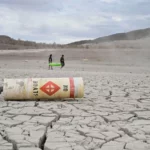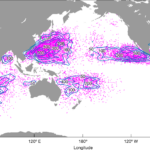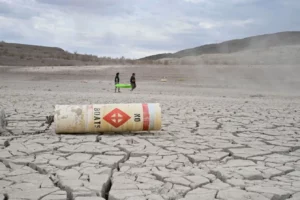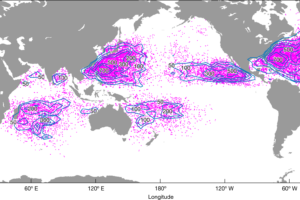NORMAN, Okla., Feb. 24, 2023 /PRNewswire/ — As the world transitions toward more renewable energy resources and deals with the consequences of a changing climate, the resiliency of energy infrastructure is becoming ever more urgent. University of Oklahoma researcher Paul Moses, Ph.D., has received an award from the National Science Foundation to better understand how chaotic grid disturbances from events like solar storms impact energy infrastructure.
In one of the first documented incidents, the 1859 Carrington Event, an extreme solar flare caused telegraph systems to go haywire worldwide. Likewise the magnetism generated during Aurora Borealis events can damage electrical power grids and space satellites, as it did on March 1989 in Quebec, Canada.
“Solar events like the Aurora Borealis are created by what we call geomagnetic storms, which are caused by solar flare activity and solar winds. When that hits the atmosphere, it creates electromagnetic disruptions, which in turn affect the power grid,” Moses said. “That has been well studied for a long time, but not when we combine renewable energy systems, like solar and wind power, and battery storage, into those systems. There are a lot of knowledge gaps in how those disturbances affect the power grids in a renewable energy rich environment.”
Moses, an assistant professor in the School of Electrical and Computer Engineering, Gallogly College of Engineering, will use the five-year grant to advance the study of these kinds of chaotic grid disturbances – their underlying physics and characteristics, considering high volumes of renewable energy added to legacy power grid infrastructure, to improve mitigation strategies that could help prevent grid failure.
Moses anticipates three phases of the project. To begin, he is developing models and software to simulate geomagnetic storms and their impact on the grid. By modeling the aging of legacy energy infrastructure components and the impacts of geomagnetic storms, he hopes to better understand potential impacts to the lifespan and performance of critical components to improve grid resiliency and rapid recovery.
Source: PR News Wire











Add Comment